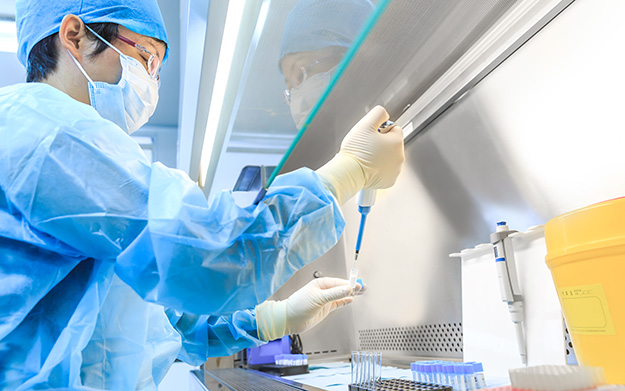A: With all the rules and regulations, it’s hard to know when a diagnostic system validation or recalibration is required. For most multiplex PCR testing instruments, the requirements are a bit confusing. External control samples are not included with each run which lends to the question of when to recalibrate.
Testing with external controls to validate or recalibrate a diagnostic system will always be necessary in these three situations:
- Your lab receives a new instrument. The first situation where external controls are required for validation of an instrument is when a new system is placed in service. This sounds simple and straightforward, but it’s easy to forget especially if the new instrument is a replacement for one out for repair. Any time a new unit is to be used, regardless of whether it is a loaner or a permanent placement, external controls must be run to validate the instrument prior to using it for patient sample testing.
- Your lab is implementing a new test. The second condition where external controls are needed for validation is when a new test is implemented. The current requirements for validation study design is left up to the discretion of a medical director, but a good rule of thumb is to perform at least 20 days of quality control with both positive and negative external controls. Rotating the positive targets during the validation will satisfy your regulatory agencies while allowing you to keep the cost at a minimum.
- Your instrument needs repairs. The final situation where external controls are necessary for recalibration is when your lab is troubleshooting an issue or placing an instrument back into service after repairs. Unfortunately, the requirements are rather vague for this scenario and a medical director will need to make the determination as to how many control samples to use in the recalibration. If the test has been in place for a long time, usually more than six months, the calibration can be as simple as a positive and negative control being run. If the test is newer, an ideal method would be to run at least three positive controls and one negative control. Remember to check with the medical director for guidance.
Recalibrations and validations don’t have to be scary. Working with the vendor and medical director for final guidance will ensure the accuracy and reliability of your rapid diagnostic system.
About the Author

Joslyn Pribble is an experienced auditor who has performed over 600 inspections for the College of American Pathologists (CAP). She serves as a member of the Laboratory Accreditation Program (LAP) for CAP in Microbiology and Immunology and is the current Texas State Director for the Southwestern Association of Clinical Microbiology (SWACM).
Pribble graduated from the University of Colorado with a double major in biology and English writing. She went on to earn a bachelor’s degree in medical technology and master’s degree in microbiology from the University of Colorado Health Sciences Center. She holds a Black Belt certification with an emphasis in healthcare from Villanova University and is certified as a Master Black Belt with the American Society for Quality (ASQ).
Read Next – Clinical Lab Best Practices: A Practical Guide to Acing Your Next Inspection






0 Comments
Trackbacks/Pingbacks